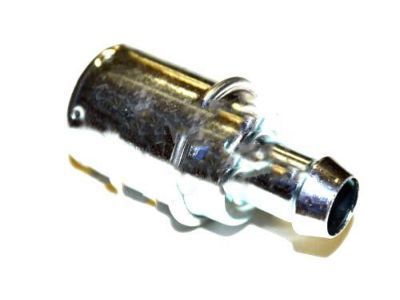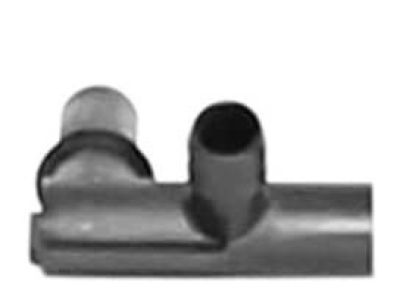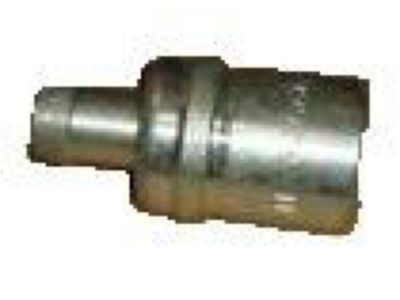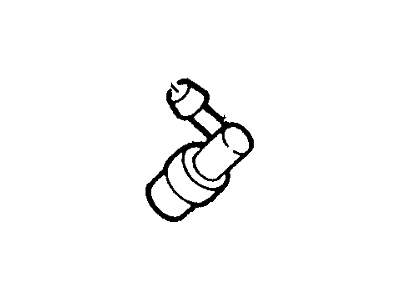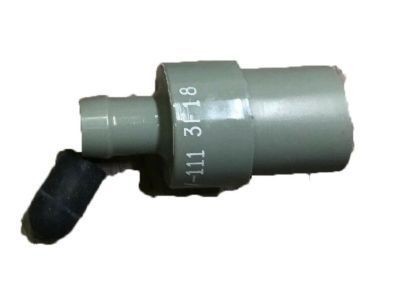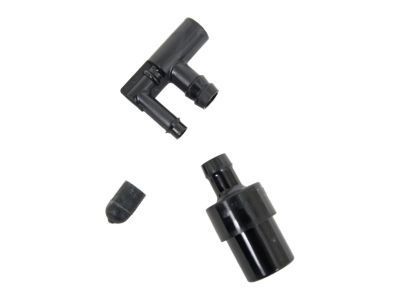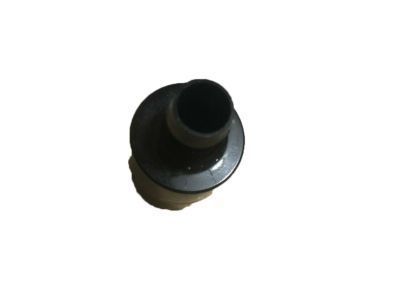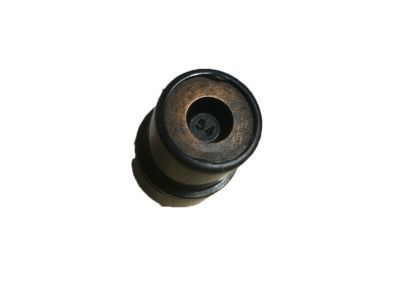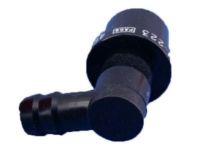

My Garage
My Account
Cart
Genuine Mercury Cougar PCV Valve
Position Crank Ventilation Valve- Select Vehicle by Model
- Select Vehicle by VIN
Select Vehicle by Model
orMake
Model
Year
Select Vehicle by VIN
For the most accurate results, select vehicle by your VIN (Vehicle Identification Number).
12 PCV Valves found
Mercury Cougar Valve Assembly
Part Number: F7RZ-6A666-AB$33.29 MSRP: $53.09You Save: $19.80 (38%)Ships in 1 Business DayMercury Cougar Valve Assembly
Part Number: F6DZ-6A666-D$37.05 MSRP: $59.09You Save: $22.04 (38%)Ships in 1 Business DayMercury Cougar Valve Assembly - Regulating
Part Number: F1DZ-6A666-B$54.34 MSRP: $89.82You Save: $35.48 (40%)Ships in 1-2 Business Days
Mercury Cougar PCV Valve
PCV Valve is a vital component of Mercury Cougar cars; its function is to minimize the emissions released into the environment and boost the engine performance. Through recirculating the combustion byproduct gases from the crankcase into the engine's combustion chambers, the PCV Valve minimizes the harm to the environment and the storage of oil sludge that is destructive to the engine. Depending on the more specific intake manifold vacuum conditions, PCV Valve reduces gas circulation at idle speed preventing the lean mixture while it increases gas circulation at higher engine speeds or under loads to control enhanced blow-by gases. Furthermore, the PCV Valve help to function as a flame arrester while also helping with proper levels of ventilation since positive pressure cannot force its way to the crankcase. The PCV Valve should therefore be serviced regularly in order to reduce the occurrence of such conditions as fouling of the engine oil, oil leakage as well as high fuel consumption in order to enable the vehicle to perform as is expected.
We provide a wide range of Mercury Cougar PCV Valve at the best prices possible. If you need Mercury Cougar PCV Valve, you can shop with confidence on our website. All our OEM parts come with a manufacturer's warranty and are delivered to your door step with a fast delivery service.
Mercury Cougar PCV Valve Parts Questions & Experts Answers
- Q: How to check the PCV Valve on Mercury Cougar?A:To maintain efficient operation of the PCV system, clean the hoses and check the PCV valve at the intervals recommended in the maintenance schedule. For additional information on the PCV system, locate the PCV valve which is located in the valve cover at the right (passenger) rear corner of the engine compartment. Check the valve by first pulling it out of the valve cover. Shake it- if it rattles, reinstall it in the cover. Start the engine and allow it to idle, then disconnect the PCV hose from the air cleaner housing and feel for vacuum at the hose. If vacuum is felt, the PCV valve/system is working properly. If no vacuum is felt, the oil filler cap, hoses or valve cover gasket may be leaking or the PCV valve may be bad. Check for vacuum leaks at the valve, filler cap and all hoses. Pull straight up on the valve to remove it. Check the rubber grommet in the rocker arm cover for cracks and distortion. If it's damaged, replace it. If the valve is clogged, the hose is also probably plugged. Remove the hose between the valve and the intake manifold and clean it with solvent. After cleaning the hose, inspect it for damage, wear and deterioration. Make sure it fits snugly on the fittings. If necessary, install a new PCV valve. Note: The elbow is not part of the PCV valve. A new valve will not include the elbow. The original must be transferred to the new valve. If a new elbow is purchased, it may be necessary to soak it in warm water for up to an hour to slip it onto the new valve. Do not attempt to force the elbow onto the valve or it will break. Install the clean PCV system hose. Make sure that the PCV valve and hose are secure.
- Q: What is the purpose and components of the Positive Crankcase Ventilation (PCV) system and PCV Valve on Mercury Cougar?A:The Positive Crankcase Ventilation (PCV) system cycles crankcase vapors back through the engine, where they are burned. The valve regulates the amount of ventilating air and blow-by gas to the intake manifold and prevents backfire from traveling into the crankcase. The PCV system consists of a replaceable PCV valve, a crankcase ventilation filter, and connecting hoses. The air source for the crankcase ventilation system is in the air cleaner. Air passes through a hose connected to the air cleaner housing and to the oil filler cap. From the oil filler cap, the air flows into the valve cover and the crankcase, from which it circulates up into another section of the valve cover and finally enters a spring-loaded regulator valve (PCV valve) that controls the amount of flow as operating conditions vary. The vapors are routed to the intake manifold through the crankcase vent hose tube and fittings. This process goes on continuously while the engine is running. Checking procedures for the PCV system components are included, and component replacement involves simply installing a new valve or hose in place of the one removed during the checking procedure.
Related Mercury Cougar Parts
Browse by Year
2002 PCV Valve 2001 PCV Valve 2000 PCV Valve 1999 PCV Valve 1997 PCV Valve 1996 PCV Valve 1995 PCV Valve 1994 PCV Valve 1993 PCV Valve 1992 PCV Valve 1991 PCV Valve 1990 PCV Valve 1989 PCV Valve 1988 PCV Valve 1987 PCV Valve 1986 PCV Valve 1985 PCV Valve 1984 PCV Valve 1983 PCV Valve 1982 PCV Valve 1981 PCV Valve 1980 PCV Valve



